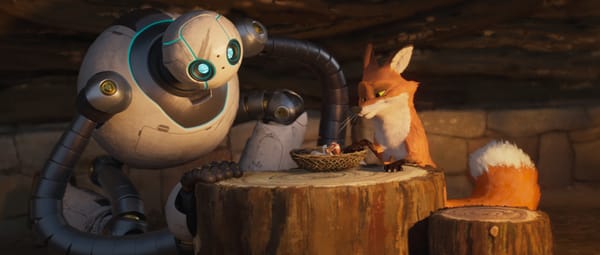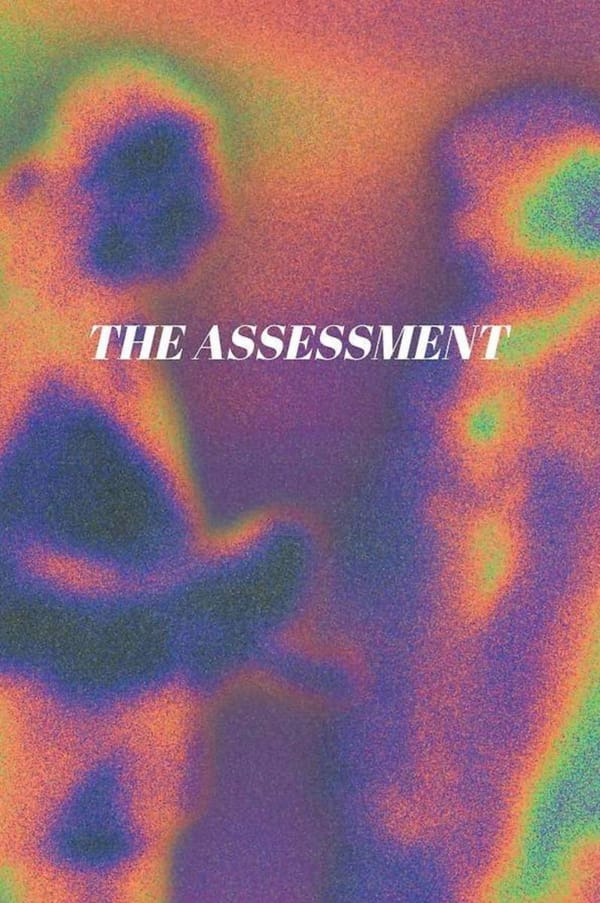Arcane Season 2
It’s finally arrived. Is the story peak television or is the finale a rushed flop?
After three years, the second and final series of Arcane has been released. The size of the shoes left by the first season was intimidating – with multiple Emmy awards and other accolades, expectations for the new season were high, and many fans were worried that the second season couldn’t possibly live up to the hype that had been built up by them. I’m pleased to say that this season delivered on the promises made by some of the first season’s cliffhangers and was able to satisfyingly finish the character’s stories. But all of that praise isn’t to say that this season has been flawless.
Pacing
As in the first series’ release, the nine-episode season was split into three sets of three episode “acts”, with acts being released a week apart. This release schedule is a good middle-ground between a weekly release and a binge drop, keeping fan discussion and online relevance thriving over the course of its release. While this release format worked wonders for season one – where the acts felt distinct from each other, with their own arcs and subplots – the effect is less strong for the new season. There is nothing that comes close to the series one time skip to cleanly separate the acts. Due to this, the pacing suffers slightly as the plots feel like they’re stuttering forward at an irregular rate. What doesn’t help this is the notable disappearances of certain characters for extended periods of time, made even more noticeable due to this release format. This being said, the effect was not nearly strong enough to sour the experience and will be less noticeable on rewatches.
Aside from the release format, the season felt like it rushed through a significant amount of the plot without spending enough time on the smaller moments that matter. This might be also in part due to the scope of the season. Season one was a very small story with major plot points focusing on character decisions and reveals: the major plot followed how the sisters Vi and Powder got along following a great tragedy. Where is any of this now? This season has far fewer scenes showing the relationship which is supposed to be the crux of the show. As hinted at in season one, the second season decides to move out and focus on larger issues and conflicts. As cool as this is, it’s easy to feel that some of the homeliness of the first season is lost, making you wish that the new season spent at least a little more time on personal side plots instead of the grand, large-in-scope conflict.
The knowledge that everything will have to come to a neat conclusion by the end of the season weighed heavy, especially as more and more storylines were introduced. It is notoriously far easier to set up a story than to conclude it – especially with a three year wait to build suspense. The story does end up concluding well I think (no spoilers, of course) but I still get the feeling that they needed more time. Maybe if the episodes were longer than 45 minutes, maybe if there was another episode or two, I don’t know. Questions could be had over whether a two-season format was the right choice or whether a third season would have helped to space out the story.
The fact that the show isn’t afraid to do its own thing is a breath of fresh air that kept the show interesting
What might have contributed to the brevity of the show is the cost of the episodes. Combined, the two seasons cost a staggering $250 million, making it the most expensive animated show ever made. Still, the quality of the show’s visuals is evident. The length was supposedly a conscious choice, with co-creator Christian Linke stating that the idea for a two-season arc was the plan as early as the writing of the pilot. But while watching the season I found it hard to believe that all of this was thought out in advance, with so much of the plot flying past at breakneck pace. There is one episode in the season that really slows down and I would consider it the best episode by far. Maybe the reason that this episode felt so wonderful to me is that it feels like a season one episode, with its slower plot and more character-driven scenes. It’s bittersweet watching it because, as good as it is, it makes me wish that season two had been more like this on the whole.
But maybe the change in pacing was an intentional choice. Carefully laid out narratives and individualised plots were characteristics of the previous season, which all merged by the end to start even larger ones. Vi, originally from the underground city of Zaun along with her younger sister Powder, now develops her story in Piltover, the City of Progress. Hextech brings other nations into the scene that were only briefly mentioned before, such as Noxus. The substantially increased scope gave each episode more weight, especially with evolving ideas of the magical realm of Arcane, leading to a focus on the growth of individual characters rather than simply a Piltover-Zaun conflict by Act III. While some of the new side characters that were introduced this season felt out of place and unnecessary, most served as catalysts for the development of the previous main characters, especially Jinx.
Animation and music
This season experimented more with a variety of animation styles for different segments of the story. Don’t be fooled – this wasn’t just set dressing. The styles are used to represent different character perspectives and emotions. Some early scenes portray grief with a loss of dimension and colourless lines whereas others show a pop of vivid shapes and textures that brings out awe in otherwise nerve-racking scenes. Fortiche, the animation studio behind Arcane, clearly saw how well-received a scene like the Jinx-Ekko fight from the first season was and tried to replicate it. A lesson it seems they didn’t apply as well was the use of music for scenes – the playlist from the first season was, at least in my opinion, better than the roster this time around. But music quality aside, the use of music in scenes this time was given a different approach. A common occurrence in season two is what is effectively a music video for one of the songs from the soundtrack that feels separate from the rest of episode, commonly replacing what would be the cold open. They’re all good scenes individually but I can’t help but feel like there may have been a few too many. One of the scenes that felt like an exception to this was the opening to episode five which felt like a completely natural part of the story and was a really great watch. Unlike season one, there were no fight scenes that were accompanied by an iconic track so most of the songs this time around were fairly forgettable due to their lack of integration into the story.
There is one episode in the season that really slows down and I would consider it the best episode by far
Comparisons with source material
For anyone who is a fan of League of Legends, I’m sorry. Not for any reason relating to Arcane – just generally. But for anyone who has an interest in the preexisting lore of Runeterra, you might be surprised to find that this season takes a slightly different direction than the story you may be familiar with. Certain characters from the game’s universe never actually exist in the state that they are known in, or only do so for very brief periods of time. Also, certain events happen in different ways or have completely new story beats altogether. This isn’t unheard of; the first season departed from the known lore at some points but the second season takes this idea and runs with it.
The fact that the show isn’t afraid to do its own thing is a breath of fresh air that kept the show interesting to both people familiar and unfamiliar with the source material. In some places, at least in my opinion, they push this boundary too far and completely derail who a character is in the known canon, turning them into someone else entirely. Alternatively, it felt like some story beats or character decisions felt strange or unnatural just to get the character they had created to fit with the already existing character people know. Altogether, it seems that Fortiche should have been consistent in whether they want to stick with the same story or branch out instead of this weird hybrid we ended up with.
What’s next?
Fortiche and Riot Games have both confirmed that, even if the story of Jinx and Vi has been concluded, they will continue to work together on more TV shows that focus on other parts of Runeterra. After the generally warm reception to S2 and its high ratings, it’s not hard to conceive that they might want to make more. But beyond that cynical view point, the world the show inhabits is a vast one and there is so much that the studio could make into a story and lots that I hope they do.
I do think what Fortiche accomplished was commendable and I think, for any other series, a season like this would be considered flawless. It’s only because of the precedent that they themselves set that makes this season feel a tad underwhelming. I would still absolutely recommend watching the show to anyone who hasn’t and can safely say that I really enjoyed following along with the story of the show and I’m glad that something like Arcane was even funded in the first place and I’m thrilled that it’s kept the quality of its animation so consistently stunning.











